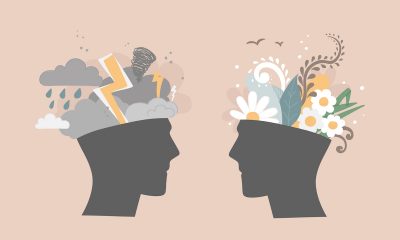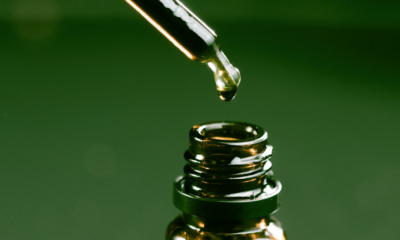Researchers examining the effects of CBGA on Dravet Syndrome report that it may have a ‘modest’ effect on seizures.
Researchers at the University of Sydney have been examining the potential of three cannabinoids to treat Dravet syndrome.
This new study explored whether CBGA, or its precursor olivetolic acid could have better brain penetration and help to control seizures.
While CBGA shows promise in helping to reduce the frequency of seizures, it is limited due to its poor brain penetration abilities and also, its chemical instability.
Researchers aimed to discover if a more stable version of CBGA (CBGA methyl ester) could offer more success.
The results showed that the more stable version of CBGA had limited brain penetration at 13 per cent. This was notably superior in relation to CBGA at two per cent. While the olivetolic acid also showed poor brain penetration at one per cent, it did have a modest anticonvulsant effect.
What is CBGA?
CBGA is the precursor to many cannabinoids including CBD and THC. It is thought to help some diseases such as colon cancer, metabolic disease and cardiovascular disease. It is a non-intoxicating cannabinoid much like CBD, however, it is present in cannabis at much lower levels than CBD making it harder to extract.
Earlier this year, in another study, the same researchers revealed that CBGA may be more effective than CBD in reducing seizures. They also examined cannabidivarinic acid (CBDVA), cannabigerovarinic acid (CBGVA). CBGA in particular “may contribute to the effects of cannabis-based products in childhood epilepsy” noted the researchers and were found to potentially have ‘anticonvulsant properties.”
Speaking with Cannabis Health about the previous study, Dr Anderson explained that more research is needed to explain how the different cannabinoids work together.
“We don’t know how they work together yet,” she said.
“We found that CBGA exhibited both anticonvulsant and pro-convulsant effects. CBGA was more potent than CBD against febrile seizures in a mouse model of Dravet syndrome. We also found that a combination of CBGA and clobazam was more effective than either treatment alone. Additionally, we found that CBGA was anticonvulsant in the maximal electroshock acute seizure model, a model for generalised tonic-clonic seizures.”
She added: “CBGA did, however, present some pro-convulsant effects. The frequency of spontaneous seizures in the mouse model of Dravet syndrome was increased with a high dose of CBGA. Also, CBGA was pro-convulsant in the 6-Hz acute seizure model, a model of focal, psychomotor seizures.”
Read more about the previous study here
More research needed
Although CBGA shows promise, Dr Anderson also cautioned that Dravet syndrome patients may still need to proceed with caution.
“Artisanal cannabis-based products are believed to reduce seizures in Dravet syndrome patients,” she said.
“As these oils contain rare cannabinoids like CBGA, it is possible that it contributes to the anticonvulsant effects of these artisanal cannabis oils. However, there were pro-convulsant effects observed with CBGA, suggesting that Dravet syndrome patients may need to proceed with caution. The pro-convulsant liability of CBGA would need to be addressed before it replaced CBD as an anticonvulsant.”
[activecampaign form=33]

 News6 months ago
News6 months ago
 Science5 months ago
Science5 months ago
 Industry6 months ago
Industry6 months ago
 News6 months ago
News6 months ago
 News5 months ago
News5 months ago
 Health5 months ago
Health5 months ago
 News5 months ago
News5 months ago
 Health3 months ago
Health3 months ago












